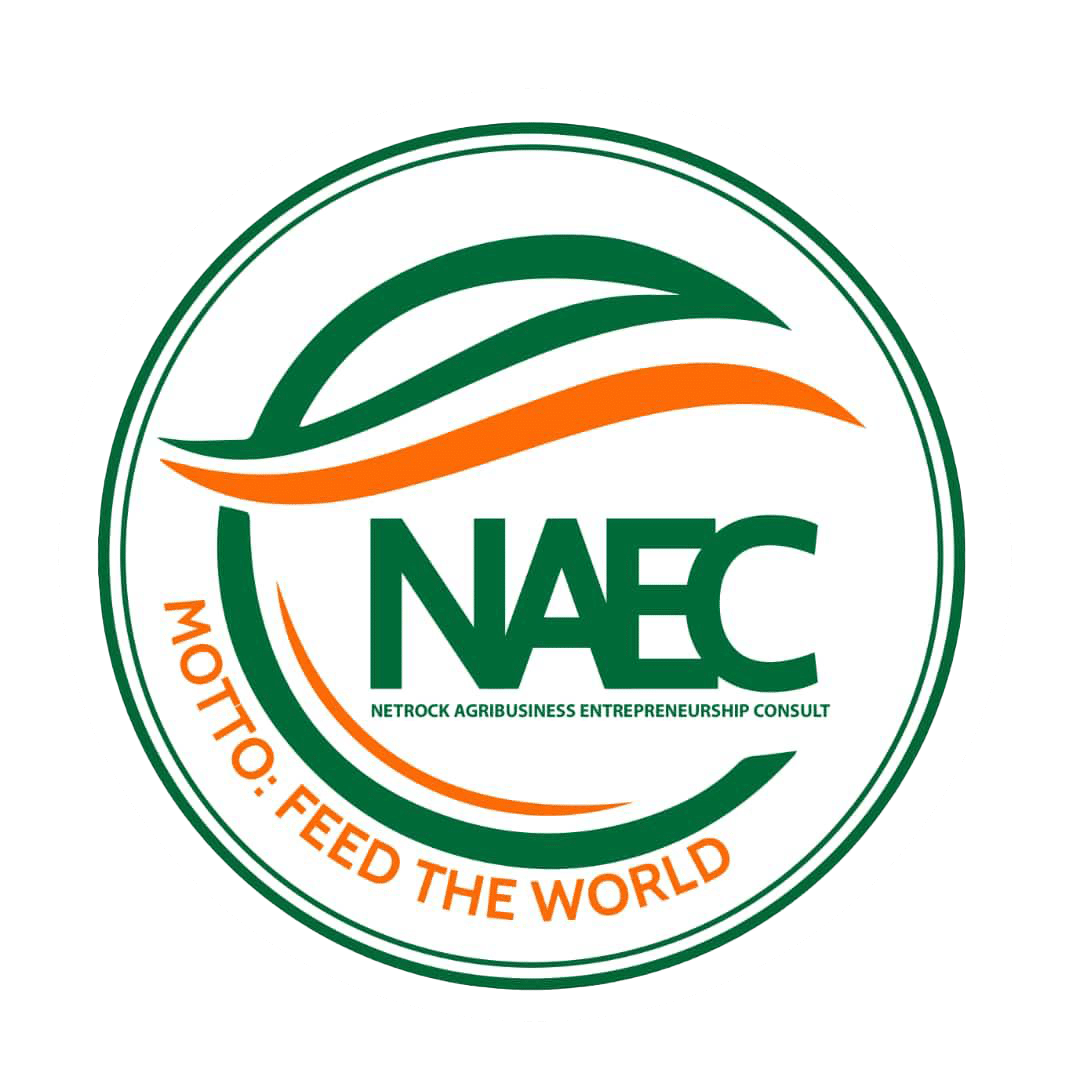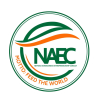The Rise of Organic Farming: Trends to Watch

Organic farming is no longer just a niche; it’s becoming a cornerstone of sustainable agriculture worldwide. As consumers increasingly prioritize health, environmental sustainability, and ethical food production, organic farming is on the rise. Here are some of the key trends shaping its growth:
1. Growing Consumer Demand
The demand for organic products has been steadily increasing, driven by a shift toward healthier eating habits and eco-consciousness. Farmers who adopt organic methods can tap into this lucrative market and command premium prices for their produce. Organic markets are expanding in urban centers and online platforms, giving farmers greater reach.
2. Advances in Organic Technology
New technologies are revolutionizing organic farming, making it more efficient and scalable. Examples include:
Organic-certified Biopesticides and Biofertilizers: These innovations allow farmers to manage pests and enrich soil fertility without compromising organic standards.
Precision Farming Tools: Satellite imagery, soil sensors, and data analytics help optimize organic farming practices.
Smart Irrigation Systems: Automation and AI-driven irrigation minimize water waste while adhering to organic standards.
3. Focus on Soil Health
Organic farming emphasizes sustainable soil management practices, such as:
Cover Cropping: Prevents erosion, replenishes nutrients, and improves water retention.
Composting: Converts farm waste into nutrient-rich organic matter.
Crop Diversification: Encourages a balanced ecosystem that supports soil vitality.
4. Diverse Crop Rotations and Intercropping
Farmers are moving toward diverse cropping systems to enhance biodiversity and reduce the dependency on synthetic inputs. Intercropping and crop rotations reduce pest pressure naturally and enhance pollinator activity, leading to higher yields.
5. Policy and Certification Support
Governments and organizations worldwide are providing support for organic farming through:
Financial Incentives: Subsidies and grants for transitioning to organic farming.
Streamlined Certification Processes: Reduced bureaucracy and lower costs make organic certification more accessible.
Training Programs: Workshops and digital resources to help farmers understand organic practices and compliance requirements.
6. Emphasis on Local and Sustainable Supply Chains
The organic movement aligns with the growing preference for locally sourced food. Shorter supply chains not only reduce environmental impact but also foster stronger connections between farmers and their communities. Farmers’ markets and direct-to-consumer platforms are becoming vital distribution channels.
7. Organic Livestock Practices
Ethical treatment of animals is a critical component of organic farming. Trends include:
Pasture-based Feeding Systems: Encouraging natural grazing for healthier livestock.
Banning Growth Hormones and Antibiotics: Ensuring animals are raised without artificial growth enhancers.
Humane Certification: Labels that assure consumers about animal welfare standards.
8. Climate Change Mitigation
Organic farming practices, such as carbon sequestration through cover crops and reduced chemical inputs, are being recognized for their role in combating climate change. Techniques like agroforestry and no-till farming further contribute to carbon storage and soil conservation.
9. Community-driven Organic Initiatives
Collaborative farming models, such as cooperatives and community-supported agriculture (CSA), are gaining popularity. These models empower farmers to share resources, reduce costs, and strengthen market presence.
By embracing these trends, farmers can position themselves at the forefront of the organic farming movement, contributing to a healthier planet and reaping economic rewards.




